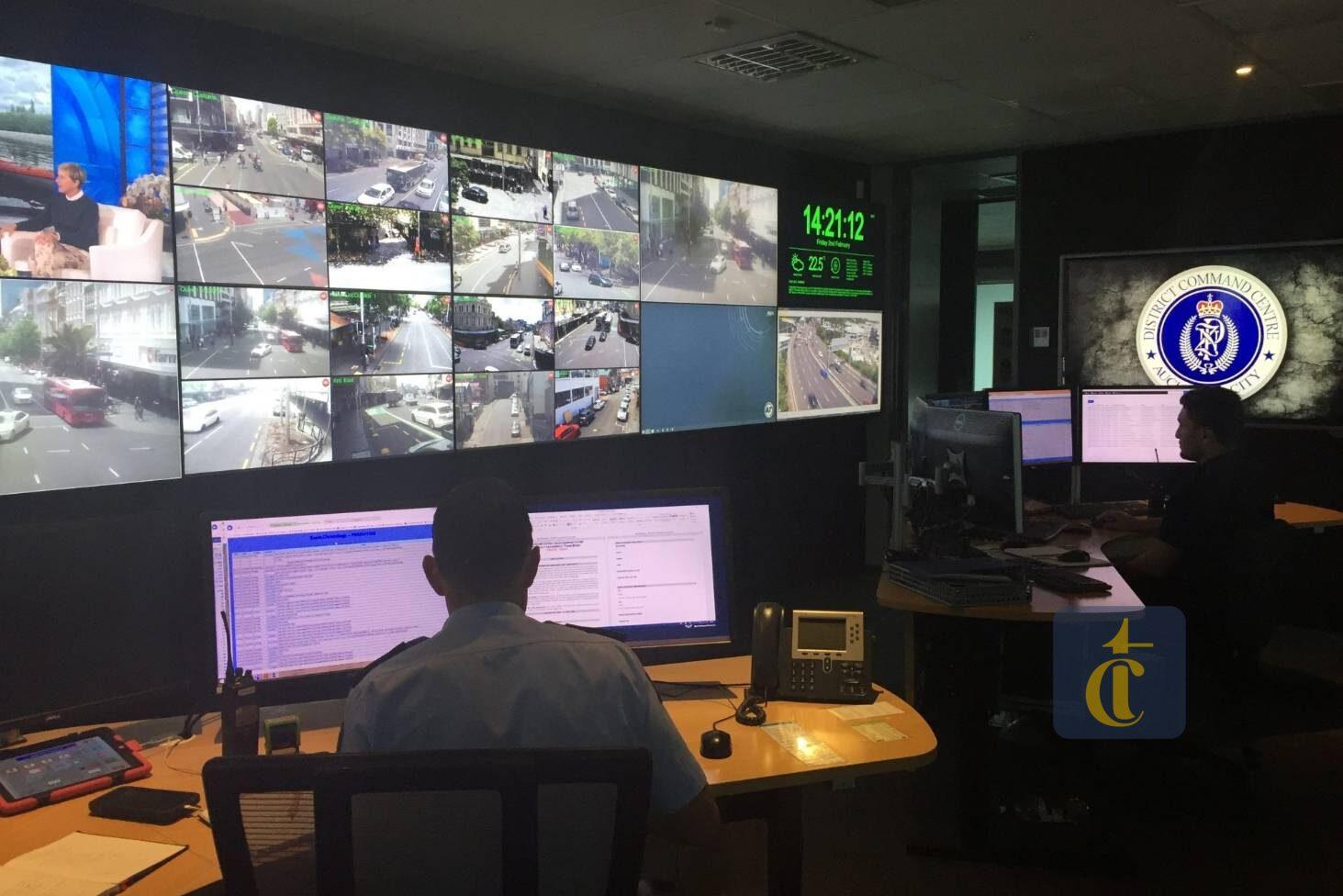Table of Contents
show
Installing CCTV cameras is a practical way to enhance the security of your home or business. With the right tools and guidance, you can set up a surveillance system that meets your specific needs. Here’s a step-by-step guide to help you through the process:
Step 1: Plan Your CCTV System
Assess Your Security Needs
- Identify key areas that require monitoring, such as entrances, driveways, or backyards.
- Consider potential blind spots and ensure comprehensive coverage.
Choose the Right Equipment
- Camera Types: Decide between wired or wireless cameras based on your property’s layout and your technical comfort level.
- Recording Device: Select a DVR (Digital Video Recorder) for analog cameras or an NVR (Network Video Recorder) for IP cameras.
- Storage: Determine the amount of storage needed based on the number of cameras and the desired retention period.
Step 2: Gather Necessary Tools and Materials
- CCTV cameras and mounting brackets
- DVR/NVR unit.
- Cables (coaxial for analog systems, Ethernet for IP systems)
- Power supply units or PoE (Power over Ethernet) switches
- Monitor or TV for viewing footage.
- Drill, screws, and anchors
- Cable clips or conduits for cable management
Step 3: Install the Cameras
Mounting the Cameras
- Position cameras at strategic locations, ensuring they are out of reach and protected from the elements.
- Use the drill to secure the mounting brackets, then attach the cameras.
Running the Cables
- For wired systems, route the cables from each camera to the DVR/NVR, keeping them concealed and protected.
- For wireless systems, ensure each camera is within range of the network and has a reliable power source.
Step 4: Connect and Configure the System
Connecting the Components
- Plug the cameras into the DVR/NVR using the appropriate cables.
- Connect the DVR/NVR to a monitor or TV to view the camera feeds.
- Ensure all devices are powered and functioning correctly.
System Configuration
- Access the DVR/NVR settings to configure recording schedules, motion detection zones, and other preferences.
- Set up remote viewing capabilities if desired, allowing you to monitor the system via smartphone or computer.
Step 5: Test and Maintain the System
Testing
- Verify that each camera provides a clear image and covers the intended area.
- Test the recording and playback functions to ensure they operate correctly.
Maintenance
- Regularly clean camera lenses to maintain image clarity.
- Periodically check connections and cables for signs of wear or damage.
- Update firmware and software as needed to keep the system secure and functional.
By following these steps, you can successfully install a CCTV system that enhances the security of your property. Remember to comply with local laws and regulations regarding surveillance and privacy.
Feel free to ask if you need further assistance or have specific questions about your setup!
'Want to send us a story? Submit to NAIROBIminiBLOGGERS via our Email nairobiminiblogger@gmail.com'

Drop Your Comments, What do you think About The Article?